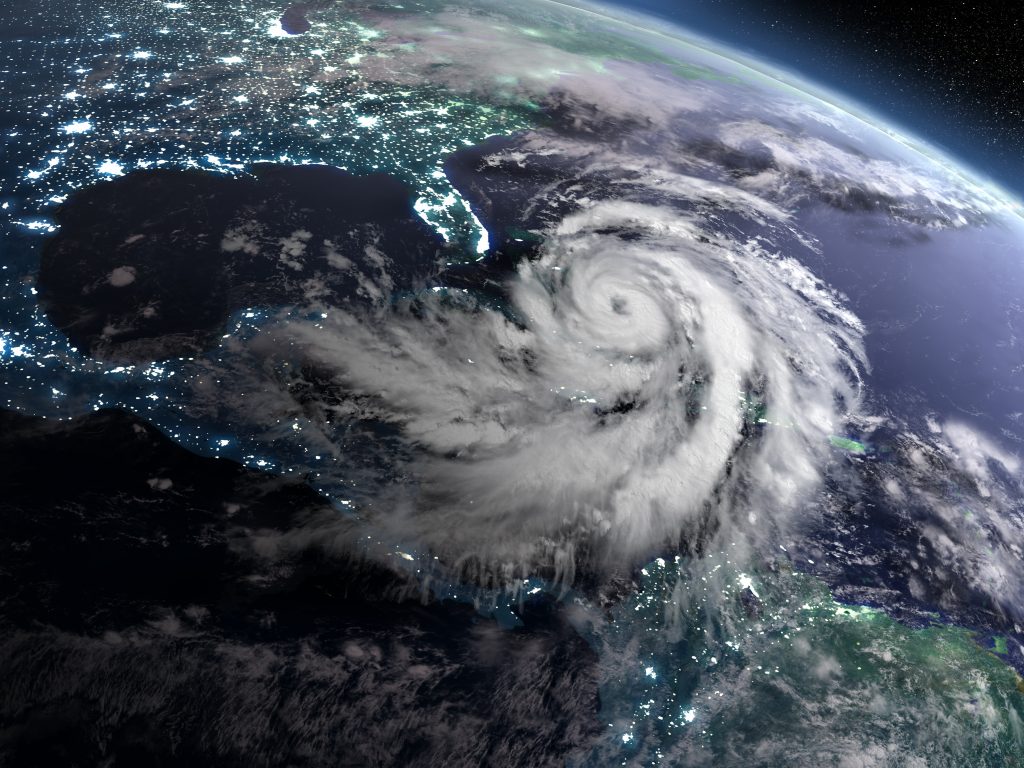Hurricane Florence is Still a Danger
North Carolina confronted a spiraling statewide crisis on Sunday as Tropical Depression Florence slowly ravaged the region, flooding cities, endangering communities from the coastline to the rugged mountains, and requiring well more than 1,000 rescues.
Sunday, it seemed, was when the storm system that had stalked the South for days — first as a hurricane, then as a tropical storm and eventually as a tropical depression — showed its full power with staggering scope. The death toll from the storm rose to at least 16 in North and South Carolina, where roads were treacherous and even the most stately trees were falling.
“It’s horrible,” said Mitch Colvin, the mayor of Fayetteville, N.C., in the eastern part of the state, where the rising Cape Fear River was expected to swamp bridges and cut his city in two in the next few days. “Things are deteriorating,” he said.
The perils stretched across North Carolina’s more than 500-mile width. Weary, drenched coastal cities were scenes of daring rescues. Waterways swelled throughout the eastern and central parts of the state, testing dams and menacing towns with floodwaters that had no place to go but up. Inch after inch of rain fell on Charlotte and its suburbs, and communities in North Carolina’s western mountains feared landslides.
All 100 counties in North Carolina had at least one type of National Weather Service alert, from a flash-flood warning to a hazardous weather outlook, in effect for Sunday or the days ahead. Rain was expected to continue in parts of the state until Tuesday, but flooding on some rivers would last longer, and may not ease until the end of the week.
South Carolina faced its own set of troubles, with its death toll rising Sunday and the storm’s rains still unspooling havoc. Although Gov. Henry McMaster said flooding might continue in his state, he said he expected that South Carolina had “seen the end of the hurricane and most of the storm.”
Even before Florence could fully steer its way out of the Carolinas, it was leaving behind a waterlogged landscape of tragedies, worries and restlessness.
In places like Wilmington, N.C., which has been battered for days, exhausted rescuers who spent two days and nights plucking more than 450 stranded people from the floodwaters tried to gather strength in a church parking lot on Sunday morning, knowing there were many more missions to come.
“The water got so high, I couldn’t believe it,” said Brett Neely, a firefighter from Pennsylvania who estimated that he had helped rescue 40 to 50 people, from a newborn to a 75-year-old.
Another volunteer, who located people in need by posting his personal cellphone number on an internet yard-sale message board, said he could not keep up with all of the calls. With the Cape Fear River’s expected crest still hours away, the volunteer rescuers knew things would probably get worse.
Here are the latest developments:
• The system that was once Hurricane Florence, and which has killed at least 10 people in North Carolina and six in South Carolina, has been downgraded to a tropical depression, with maximum sustained winds of 35 miles an hour.
• The center of the depression is over central South Carolina and moving west. Charlotte, North Carolina’s largest city, is expected to see significant rainfall, and a flash-flood watch is in effect through Monday.
• More evacuations were ordered across inland parts of North Carolina, even as some evacuation orders were lifted across South Carolina, including areas along the coast, and residents began to make their way home to assess damage. About 15,000 people were in shelters across North Carolina by Sunday afternoon, while the number had fallen to about 1,200 in South Carolina.
• North Carolina’s rainfall record from a tropical system already has been broken, with more than 30 inches of rain falling on Swansboro, N.C., which surpassed the previous record set during Hurricane Floyd in 1999. But Mr. Cooper said Florence’s strongest bands of rain were still pouring 2 or 3 inches an hour into some areas.
• Pastors and parishioners across the Carolinas prayed and participated in relief efforts on Sunday as the heavens opened for the fifth straight day.

